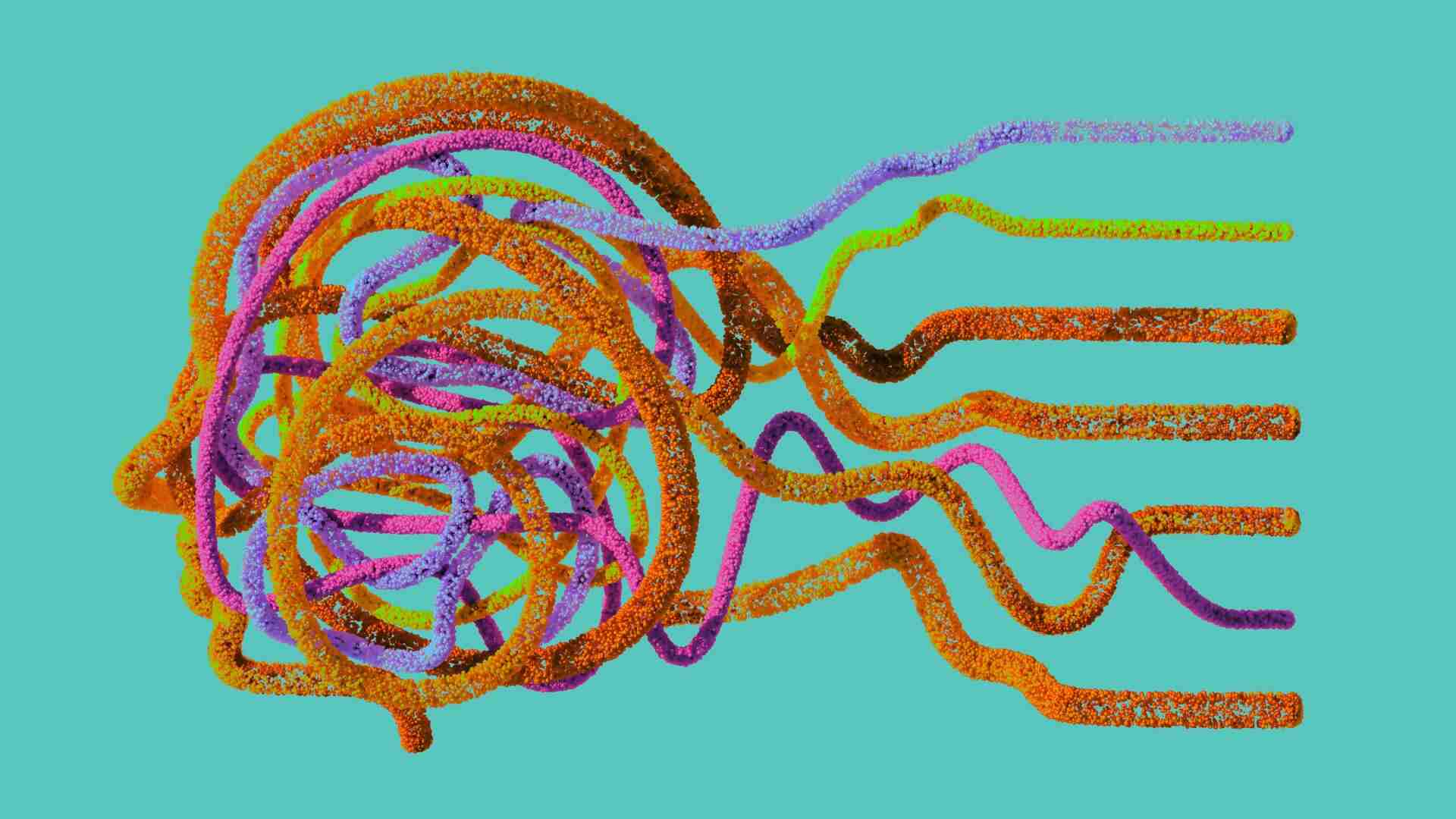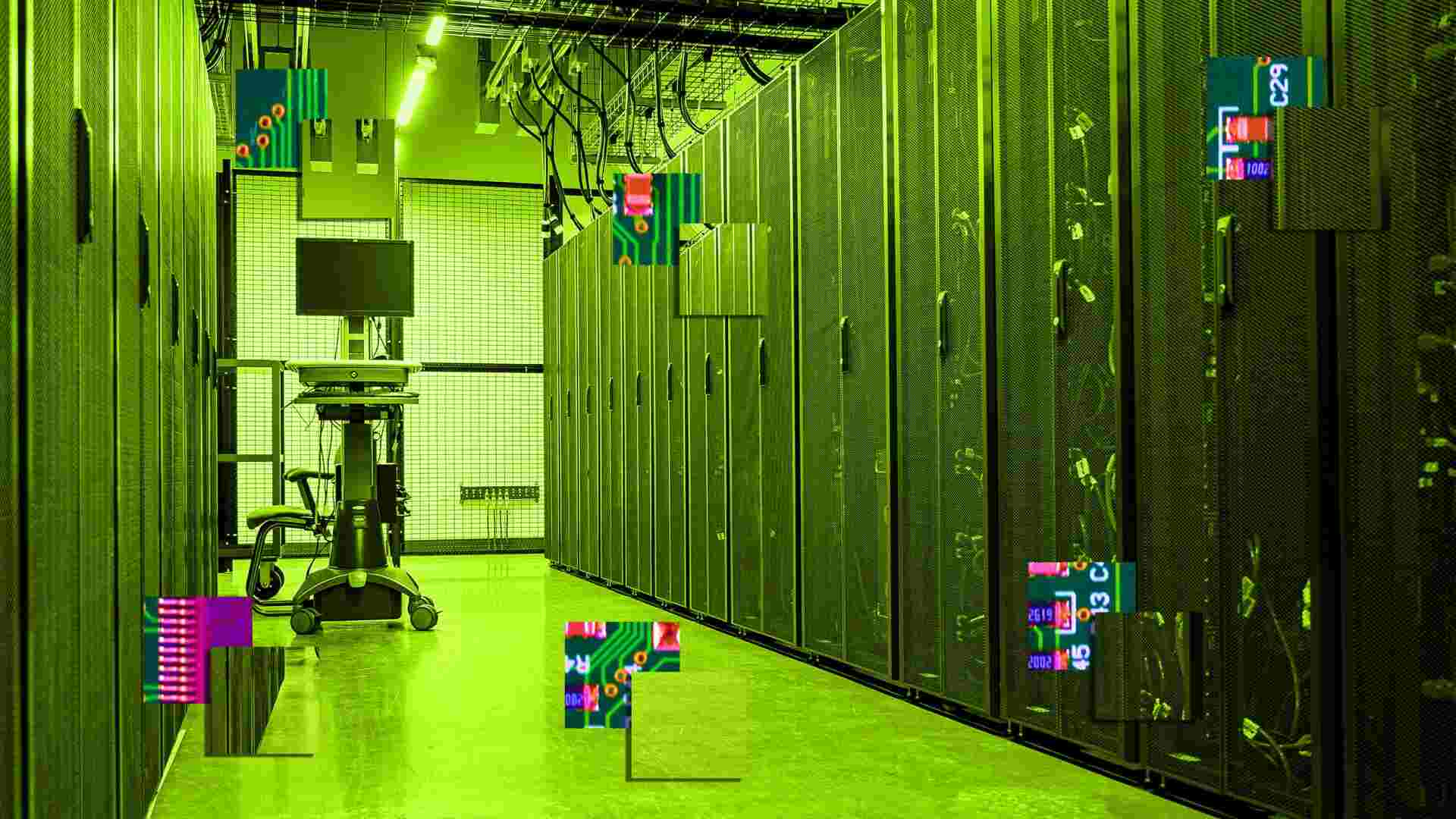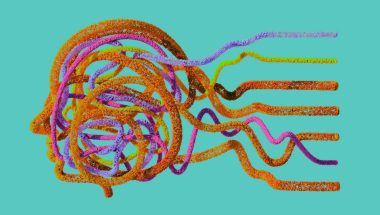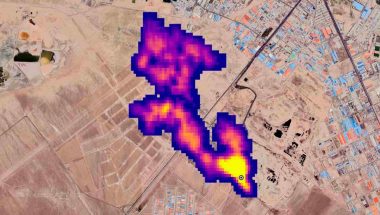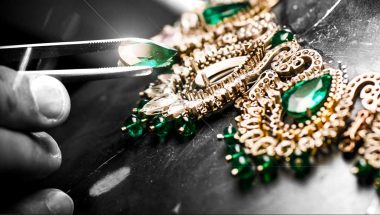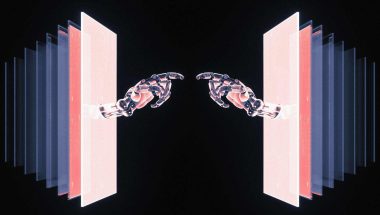- | 9:00 am
Will the Metaverse change fashion’s quintessential craftsmanship?
Known for its attention to detail, impeccable quality and rich history, fashion artistry is redefined in the virtual world.

When you search for “best red carpet moments” on Google, Kendall Jenner’s haute couture Met Gala 2021 look ranks high. Inspired by Audrey Hepburn’s avant-garde style in the 1964 film, My Fair Lady, Givenchy’s creative director Matthew Williams took over 2,500 hours with a team of 30 beaders to create the look. But, the power of craftsmanship in couture travels far beyond the red carpet spotlight. It combines outstanding creativity, innovation, and centuries of skill that give soul to the garment.
Humans have been hypnotized by the hand’s dexterity, although today’s tech-savvy age seems to have little need for it. Historically, luxury fashion maisons like Dior, Givenchy, and Chanel are known for craftsmanship, creating one-of-a-kind pieces that communicate a sense of authenticity, reluctant to jump on the technological bandwagon during its initial phase.
According to a 2018 survey of luxury brands conducted by Forrester it was found that only one-third of luxury brands were sold online. This statistic has drastically changed ever since, as fashion dives headfirst into the realm of metaverse with designers like Rami Kadi leading the way in the Middle East.
The world of fashion has always enjoyed toying with form and fantasy. The ever-expanding virtual world promises to break all physical, environmental, and economic barriers.
To stay relevant with the changing trends and customer demands, traditional craftsmanship techniques have evolved over the years, and new methods innovated to achieve nothing short of perfection. In the metaverse, it transforms into a visual graphic created by coders, illustrators, and digital artists instead of an experienced team of Les Petites Mains. Both professions involve a completely different subset of skills and tools to work with. Virtual collections prove more profitable with no raw materials to buy and minimal labor.
A physical couture dress may take months to finish — from designing, sourcing fabrics, sewing, and fittings. The Kim Kardashian 2017 Met Gala look from French designer Mugler took over eight months to make. Its metaverse counterpart can be created in significantly less time.
In 2021, NFT shoe studio RTFKT conceptualized, designed, created, and sold its sneaker collaboration with crypto artist FEWOCiOUS for a whopping $3.1 million in just two weeks.
NFTs (non-fungible tokens) are equivalent to haute couture pieces in the virtual world, a look backed on the blockchain and owned by a single person. The glamorous world of luxury physical collections is centered around a small community of high-spending women connected by their ownership of bespoke designs made by creative geniuses. Thanks to its utilities, this sense of community and exclusive lifestyle are translated into the metaverse. NFTs are like a golden pass to the brand’s community. If you own an NFT, you own a part of the company. So, if the fashion house does well, the NFT value increases.
Bridging the gap between these two parallel universes, Kadi becomes the first Middle-Eastern designer to launch an NFT collection — without neglecting the physical one. “The creative process for creating a virtual and IRL (in real life) collection is the same. We brainstorm and create a story behind each piece,” Kadi explains. “When it comes to a physical collection, the focus is on craftsmanship. These artisans are related to the savoir-flair traditions of the maisons. When it comes to the virtual world, it has a new aspect of coding and computer science behind it”.
To create its 120-piece NFT collection, the American-Lebanese designer fed a stream of information to an AI algorithm that generated several combinations of fabrics, patterns, colors, and techniques. “Just the way a physical collection is created, we choose whatever combinations are the best. The algorithm also created combinations that cannot be done physically. For example, it can suggest three sleeves together at one side, so you have to pick the things that are doable as well,” Kadi explains the computer-designer collaboration process.
The 35-year old designer is also recognized for his contribution to environmental issues by being selected as the United Nations Environment Programme Goodwill Ambassador in west Asia as of September 2020. Due to its sustainability, he opted to launch his collection in the Cardano blockchain, a lesser-known blockchain platform than Ethereum. It is inherently more energy efficient when compared to its counterparts.
Digital fashion is more eco-friendly, as there’s no leftover inventory at the end of the season that has to be destroyed, discounted, or donated. Additionally, as per DressX, a digital fashion startup, a single digital garment requires 97% less carbon and 872 fewer gallons of water than touch and feel garments.
As many customers, mainly Gen Z and millennials, are spending more time online fashion brands will have to adapt to remain in the know. But will the craftsmanship, as we know it, diminish over time?
When asked about the future of craftsmanship, Kadi says, “These are two parallel universes — you will always wear your garments, necklace, watch, and everything in the metaverse. Fashion will be more and more accessible to everyone. You will have to adapt at the end of the day.”
So will we find a healthy balance between the physical and virtual to explore the best of both worlds?











